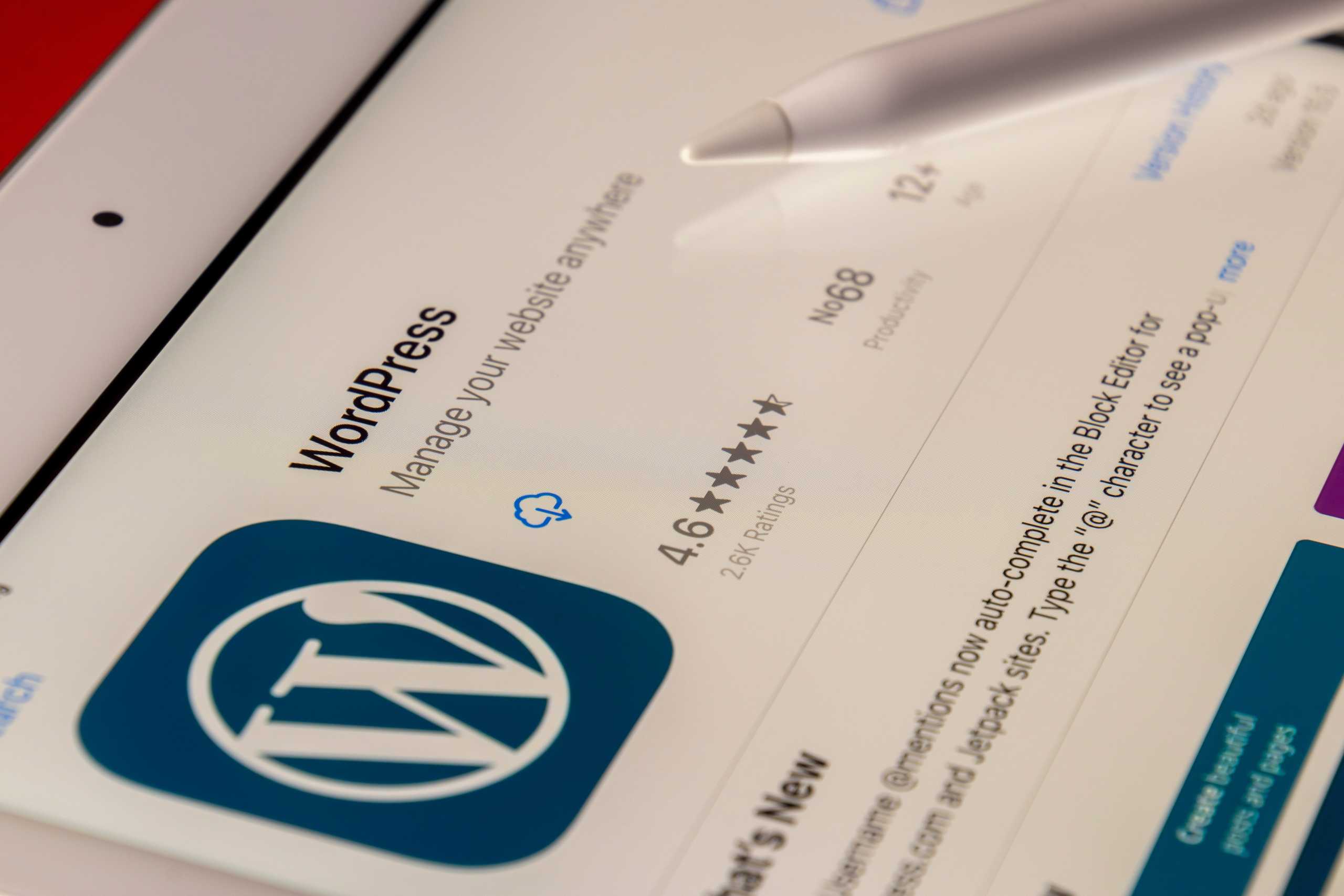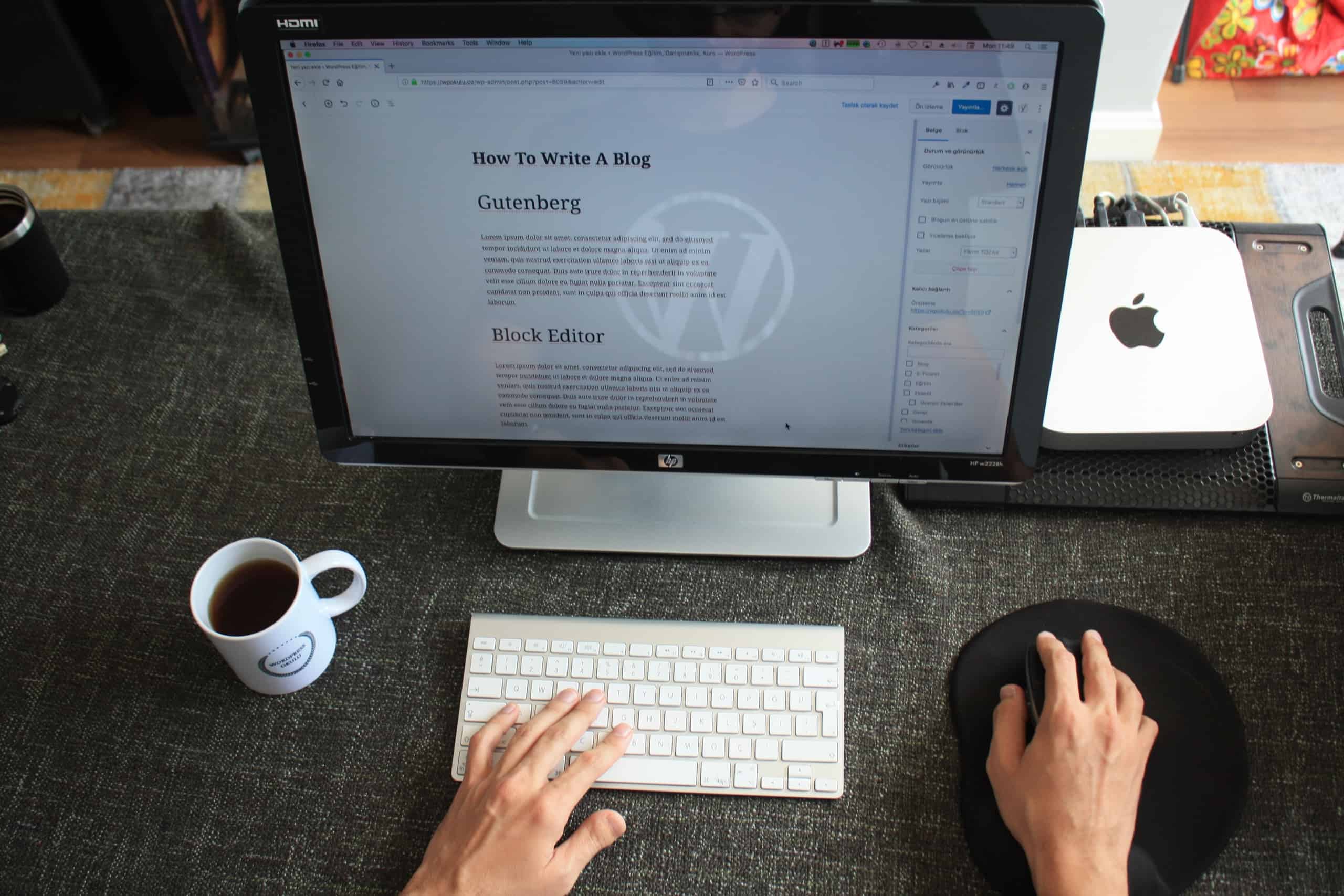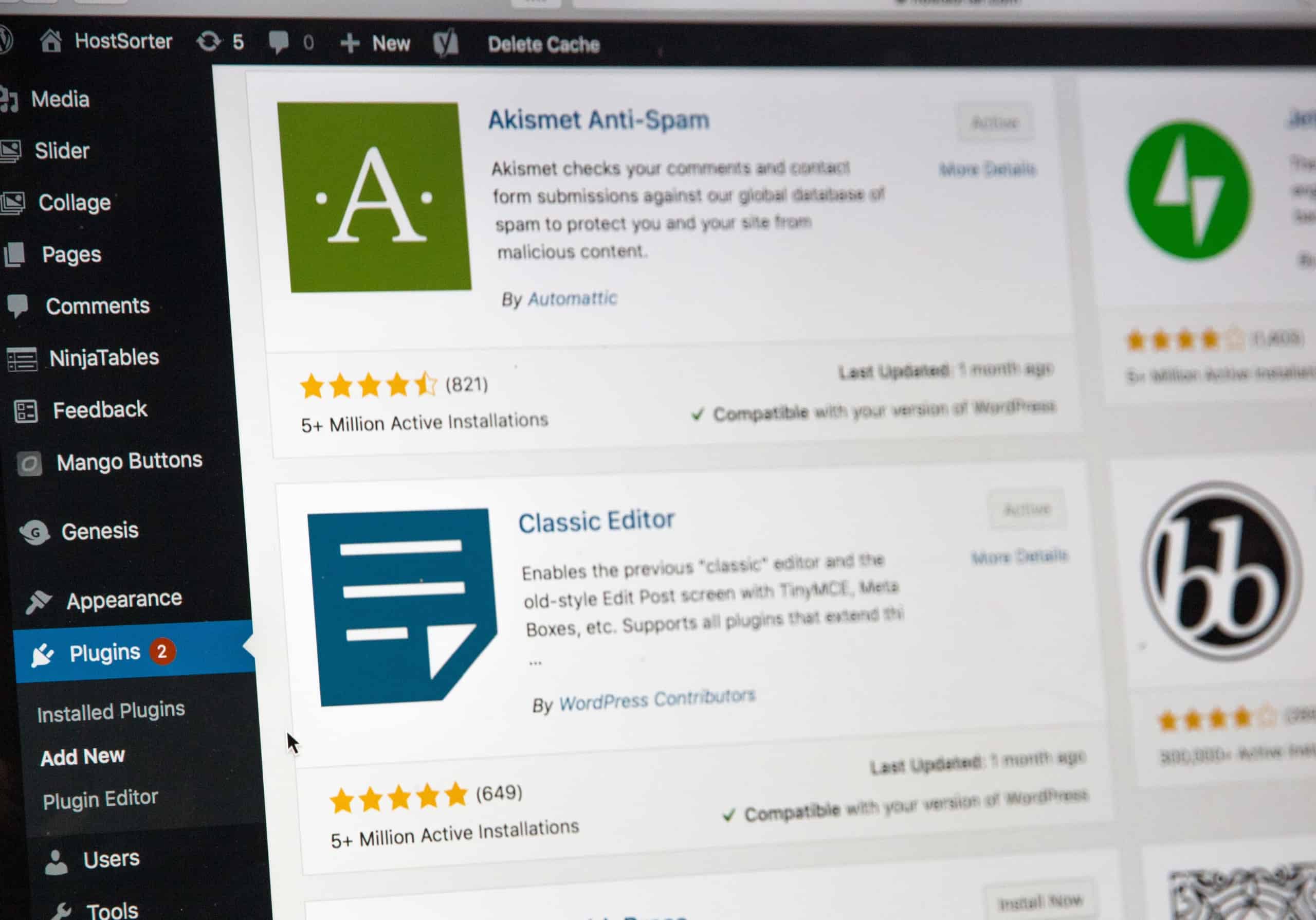Have you ever felt like technology has a knack for turning joyful moments into hair-pulling struggles? Well, you’re not alone! One such infuriating moment is when you encounter the dreaded Error establishing a Redis connection while updating plugins on your WordPress site. It’s like hitting a roadblock just when everything was going smoothly. But fear not! In this guide, we’ll take you through the steps to overcome this obstacle and get back on track with seamless plugin updates in no time. So sit back, relax (or maybe clench your fists), because we’re about to embark on a journey towards conquering those pesky errors together!
Understanding the Error establishing a Redis connection
One of the most common errors WordPress users encounter when updating plugins is the Error establishing a Redis connection message. This error occurs when there is an issue connecting to the Redis server, a powerful in-memory database used by many websites and applications for caching and storage.
To fix this error, it is important to understand the possible causes. Firstly, check if the Redis server is running properly and that you have entered the correct server details in your WordPress configuration file. Additionally, make sure that your hosting provider supports Redis and has it enabled for your website. It’s also worth checking if any recent changes or updates to your website might have caused conflicts with Redis configurations.
Another common reason for encountering this error is insufficient memory allocation for Redis. If your website has a high volume of traffic or relies heavily on caching with Redis, it’s important to ensure that you have allocated enough memory resources for optimal performance.
Understanding how to troubleshoot and resolve this Error establishing a Redis connection problem can significantly improve your website’s performance and help prevent further issues during plugin updates. By following these steps and addressing potential causes of this error, you can avoid frustration and keep your site running smoothly.
Common causes of the error
One of the most common causes of the Error establishing a Redis connection message when updating a plugin is misconfiguration. Many WordPress plugins rely on Redis as an in-memory caching system to improve website performance, which most professional SEO service providers say is a critical ranking factor in the eyes of Google and other search engines. However, if the Redis configuration settings are not correctly set up, it can lead to this error. It’s crucial to ensure that your Redis server address, port number, and authentication credentials are properly configured in your wp-config.php file.
Another common cause is a lack of available resources. When updating a plugin, especially one that utilizes Redis extensively, it may require significant memory or CPU resources to complete the update successfully. If your server does not have enough available resources at the time of the update, it can result in an error establishing a Redis connection message. Monitoring your server’s resource usage and ensuring you have sufficient capacity during plugin updates can help mitigate this issue.
Additionally, conflicts with other plugins or themes can trigger this error. Sometimes two plugins or themes may try to access or modify Redis concurrently, leading to conflicts and ultimately causing the error establishing a Redis connection message. To troubleshoot this problem, disable all other plugins and switch to a default theme temporarily before updating the problematic plugin. This will help determine if conflicts with other installed components contribute to the error and facilitate pinpointing which specific combination creates issues.
Step-by-step guide to troubleshooting the issue
Once you encounter the dreaded error message Error establishing a Redis connection while updating your plugins, don’t panic. This issue is relatively common and can be easily resolved with some troubleshooting steps.
First, start by checking if your Redis server is up and running. Make sure it is properly configured and that there are no network connectivity issues. If everything looks fine, try restarting both your Redis server and your web server to see if that resolves the problem.
If the issue persists, double-check the configuration settings in your plugin or theme files. Pay attention to any typos or missing information in the host, port, and password fields for the Redis connection. It’s also worth verifying that you’re using the correct version of PHP for compatibility with Redis.
Finally, consider disabling any conflicting plugins temporarily to isolate the problem. Some plugins may not play well with Redis or have outdated dependencies that cause issues when updating. By deactivating them one by one, you can pinpoint which one might be causing the error.
By following these troubleshooting steps, you should be able to fix Error establishing a Redis connection and continue updating your plugins smoothly without encountering any further complications. Remember to document every step you take during this process so that if you need assistance from support forums or developers later on, you can provide them with detailed information about what you’ve already tried.
Checking server configuration settings
Checking server configuration settings is an essential step in troubleshooting the Error establishing a Redis connection issue that can occur during plugin updates. It often indicates that there is an issue with the Redis server or its configuration.
One important setting to check is the hostname or IP address of the Redis server. Ensure that it is correctly configured in your application’s code and matches the actual server address. Sometimes, a simple typo or incorrect value can lead to connection errors.
Additionally, you should verify if the port number used by your Redis server is correct and open on your firewall. By default, Redis uses port 6379 for communication. However, if your setup deviates from this standard configuration, ensure that you have updated all relevant settings accordingly.
Moreover, consider checking if any authentication credentials are required to access the Redis server. If so, make sure that you have provided the correct username and password in your application’s settings or configuration files.
Lastly, it might be worth examining other underlying technical aspects like network connectivity issues or resource constraints on your server. If there are limitations such as insufficient memory allocations or high CPU usage affecting the functionality of Redis and causing connectivity errors during plugin updates, addressing these concerns could resolve the issue at hand.
By thoroughly reviewing and double-checking these server configuration settings, you will increase your chances of resolving any Error establishing a Redis connection problems encountered during plugin updates effectively.
Verifying plugin compatibility and updates
Verifying plugin compatibility and staying on top of updates is crucial to ensuring a seamless website experience. In today’s fast-paced digital world, plugins are continuously being updated to fix bugs, improve security, and introduce new features. However, rushing to update without first verifying compatibility can lead to issues like the dreaded Error establishing a Redis connection.
One way to avoid this error is by thoroughly testing plugins before updating them. Developers should create a staging environment that mimics the live website and install the latest version of each plugin in question. This allows for ample time to test functionality and identify any potential conflicts or errors that may arise after the update.
In addition, it’s essential to keep an eye on plugin documentation and user reviews when considering an update. Plugin developers often provide detailed release notes that highlight changes made in each version. By reviewing this information prior to updating, you can gain insights into potential conflicts with other plugins or WordPress core files.
Furthermore, checking user reviews can give you valuable feedback from other website owners who have already updated their plugins. If there are multiple reports of issues following an update, it’s best to hold off until those concerns have been resolved.
By taking these precautionary measures, you can ensure smooth updates and minimize the chances of encountering errors like Error establishing a Redis connection. Keeping your installed plugins up-to-date while ensuring compatibility ensures optimal performance and security for your website.
Resolving conflicts with other plugins or themes
When it comes to resolving conflicts with other plugins or themes, communication and collaboration are key. Many times, conflicting plugins or themes can cause issues such as the Error establishing a Redis connection when trying to update a plugin. While it may be tempting to simply deactivate the conflicting plugin or switch to a different theme, there are often better solutions available.
One approach is to reach out to the developers of both the plugin/theme causing the conflict and the one you are trying to update. By explaining the issue and providing any relevant error messages, they may be able to work together towards a solution. In some cases, they may release compatibility updates that resolve the conflict, allowing for smoother updates in the future.
Another option is to seek assistance from online forums or support communities dedicated to troubleshooting WordPress conflicts. These community members have likely encountered similar issues before and can provide valuable insights and advice on how to resolve them. Additionally, there are specialized tools available that can help identify conflicts by disabling plugins/themes one by one until the root cause is found.
Conclusion: Fixing the Error establishing a Redis connection
In conclusion, fixing the Error establishing a Redis connection is essential for smooth plugin updates. By following the steps outlined in this article, you can easily resolve this issue and ensure that your WordPress website works seamlessly.
One important aspect to note is the importance of regularly updating your plugins. Outdated plugins can lead to conflicts with Redis connections and result in errors. Therefore, staying up-to-date with plugin updates can prevent such issues from occurring in the first place.
Additionally, it’s worth mentioning that if you encounter further difficulties or if the error persists after attempting to fix it on your own, seeking assistance from an experienced developer or contacting plugin support can be beneficial. These professionals have extensive knowledge in troubleshooting issues related to Redis connections and can provide valuable insights and solutions to any persistent problems you may face.
By being proactive and tackling the Error establishing a Redis connection promptly, you not only ensure better performance for your website but also enhance its overall user experience. With these newfound techniques at hand, you are well-equipped to tackle this common issue and keep your WordPress site running smoothly during plugin updates.


